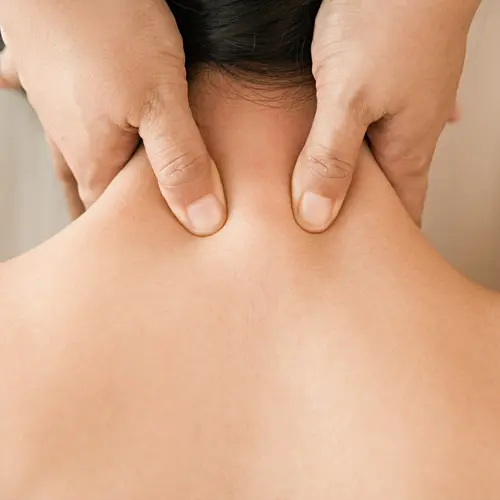Steam rooms are enclosed spaces that are heated with steam generators. They are commonly used after workouts and in spas for relaxation and recovery. Steam rooms have some health benefits.
Steam Room vs. Saunas
Steam rooms and saunas are similar. A sauna uses dry heat and is generally hotter than a steam room. Saunas are typically kept at around 160 to 220 degrees Fahrenheit, but steam rooms are cooler. They are usually around 110 to 120 degrees F. Both encourage sitting in the heat as a form of recovery.
A sauna can help relax your sore muscles. It can also help with heart health and circulation. However, the humidity from the steam might have additional benefits for your body.
Saunas and steam rooms are often found in gyms and spas. Some people even have them in their homes. A sauna usually uses hot rocks, a stove, or an electric heater to heat the room with wood paneling to keep the heat in. This usually means it has to be a special room.
You can turn your bathroom into a makeshift steam room by running a hot shower and letting the steam fill the room.
Health Benefits of Steam Rooms
Steam bathing is a very old practice used by many cultures in different countries. The ancient Greeks and Romans regularly used steam bathing and hot springs. Indigenous peoples also used steam and sweating as health practices. Today, steam therapy and sauna therapy are popular in Finland.
Steam rooms have specific health benefits. These include:
- Clearing congestion
- Improving skin health
- Lowering blood pressure
- Improving circulation
- Easing bronchitis symptoms
- Workout recovery
- Relaxation
- Lowering joint stiffness
Congestion. Steam loosens mucus and phlegm. This can help you blow your nose better and clear congestion. It can be useful during allergy season or when you have a cough or cold. A steamy shower is especially helpful for children, rather than using a bowl of steam that can cause scalding.
Improving skin health. Steam opens your pores and cleanses your skin. It can help loosen any dirt and debris buildup, which can help improve the appearance of your skin.
Lowers blood pressure. The heat in a steam room can dilate, or enlarge, your blood vessels. This helps move blood from your core to your skin, which can lower your blood pressure. Your body will then compensate by raising your heart rate.
Improves circulation. Sitting in a steam room can help your circulation. The heat significantly changes circulation in your skin by dilating blood vessels and moving blood toward the skin’s surface.
Bronchitis. Inhaling steam can loosen phlegm. It can also help reduce breathing troubles during bronchitis.
Workout recovery. Sore muscles are a side effect of workouts. Moist heat can help relieve pain and lower muscle damage. Steam rooms might offer some relief by increasing blood flow to muscles.
Experts used to think that these heated rooms only moved blood to the skin. However, they also shift blood from your core into your muscles. More blood flow might help wash away the waste products your body produces during exercise that can cause muscle damage.
Stiff joints. Because heat can increase blood flow, sitting in a steam room can help loosen up your joints and relieve stiffness. This is similar to warming up before your workout. Dilating your blood vessels allows more blood, nutrients, and oxygen to be delivered to any injured sites. Better circulation means loosened muscles and joints.
Relaxation. The heat of both steam rooms and saunas can influence your hormones. This can lower your blood pressure and help you to relax.
Risks of Steam Rooms
Not everyone should use steam rooms. The high heat can affect your heart. Talk to your doctor before using a steam room if you have the following conditions:
- Low blood pressure
- Coronary artery disease
- History of a stroke
- History of transient ischemic attack ( TIA)
- Heart rhythm problems
There are also certain safety measures you should take while using the steam room.
Don’t drink alcohol. The high heat of the steam room can increase your risk of dehydration. Make sure to avoid alcohol and drink extra water.
Don’t go while you’re sick. The warmth and moisture of steam rooms can help bacteria grow. If you have a bacterial skin infection, don’t use a public steam room until the infection has cleared up.
Using a steam room can help with congestion from a cough or cold, but don’t use a public steam room when you’re sick. You might pass your virus on to other people.
Use moderation. Longer isn’t better in the steam room. Limit your session to 5 to 10 minutes and regulate the temperature.
Steam rooms aren’t treatments. Steam rooms can be a complementary therapy that adds to your health care. Don’t ever use them in place of professional medical treatment.
If you feel dizzy, have trouble breathing, or have tightness in your chest, leave right away.

